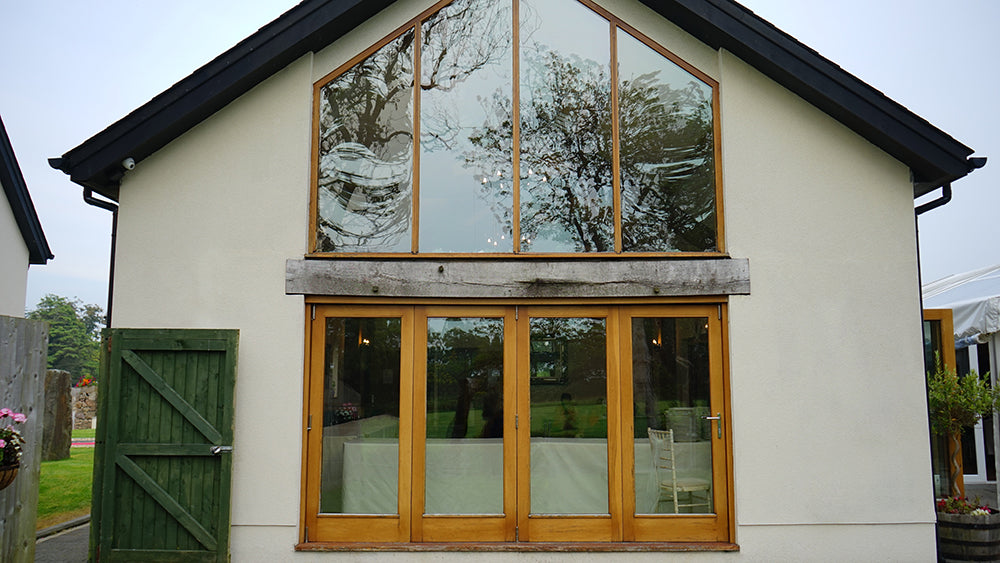
Make your home more comfortable with energy-efficient windows
Windows are one of the most complex elements included in the building of a home. They allow air and light into the rooms, as well as affording us a view of the outside areas surrounding our living areas. They can also be a large source of unwelcome heat gain in the hotter months and heat loss in the colder months. Fortunately, if you want to avoid these issues, installing energy-efficient windows may be the solution for you.
What are energy-efficient windows?
Energy-efficient house windows use new glazing and framing materials. These materials can make your house more comfortable and reduce your energy bill.
How much energy is lost through windows?
Windows can have a significant impact on the cooling and heating of your home. Around 40% of a house’s heating energy can be lost - and about 87% of its heat can be gained - through windows1. By using energy-efficient house windows, you may be able to reduce energy costs and improve your windows’ thermal performance.
Benefits of using energy-efficient windows
Although energy efficient windows may be expensive initially, their long-term benefits may be worth it. These benefits include:
- Better insulation
- Environmentally-friendly
- Lower energy costs
- Protects your furniture and flooring from sun damage
- Noise reduction
- Less maintenance than normal windows due to reduced condensation
- More comfortable home
How to improve window insulation performance
There are various glass products available. The thickness of the glass has a minimal impact on how much heat escapes the window. It does however significantly impact the safety and strength of the glazing. It may also affect the amount of noise that is transmitted.
Double Glazing Windows
Double Glazing Windows use two sheets of glass with a space between them. This gap is usually 16mm2 wide. This space makes an insulating barrier which slows down the rate of heat escaping or entering your house. Double glazing windows can be a particularly effective energy-saving alternative for your home.
Triple Glazing Windows
Triple glazed windows are a superior window insulation choice. Their passive solar energy uses three sheets of glass to keep heat in during the cold months and helps your home stay cooler in summer.
Frames
Aside from glazing, the windows’ frames have the largest impact on your windows’ thermal performance.
Aluminium frames are strong, light, and durable. They come in various power-coated and anodised finishes. However, aluminium is a good heat conductor, which may decrease your glazing unit’s insulation value.
Other materials, such as fibreglass, composite, wood, and vinyl, are also durable and strong. They also offer better insulation.
How to improve windows shading performance
Window furnishings, curtains, films, and blinds can all improve shading performance.
Films
Window films are a cost effective way of reducing solar heat increases through your windows. The film consists of thin polymer films which contain a reflective metal layer or absorbing dye. The films have an adhesive backing which you attach to your windows.
Blinds
Energy-efficient window coverings, such as blinds, can reduce heat gain by reflecting heat back out of the window. The external surface of the blinds should be white or almost white. Some blinds have a reflective metallic film on the outside surface. The area between the window and the outer blinds captures a lot of heat. Ventilation in the window allows the heat to escape.
Curtains
Convective heat - which transfers through windows - can be reduced by using snugly fitted curtains with pelmets. The pelmets trap still air next to the windows. By removing air gaps around the edges of your curtains and pelmets, you increase their performance.
Fabrics
Multiple layers of heavy fabric can help increase the insulation in a room in reducing the heat conducted between the air near the window, and the air in the room. Heavy fabric helps ensure no movement around the curtain.
